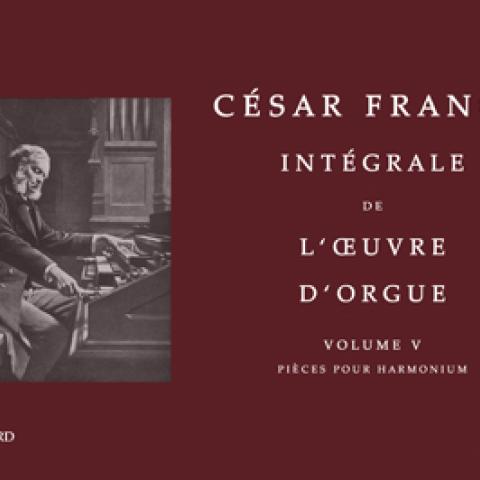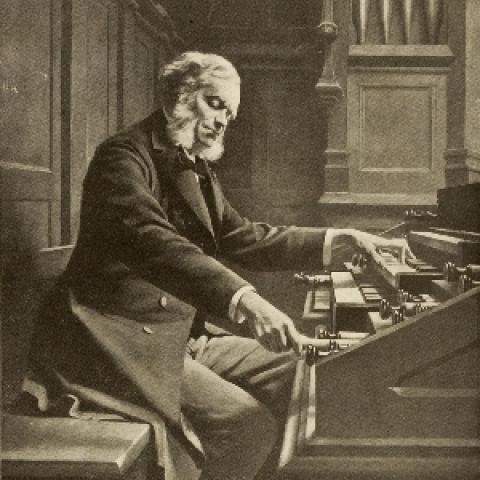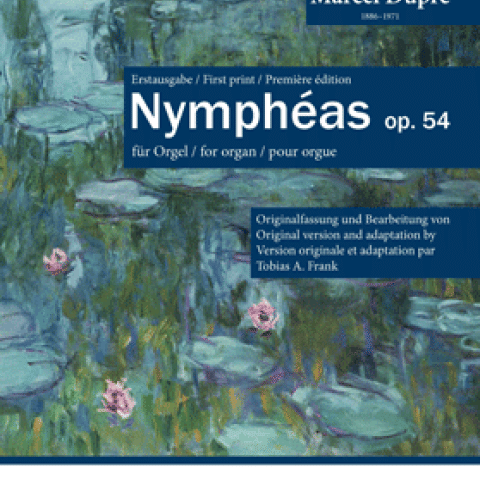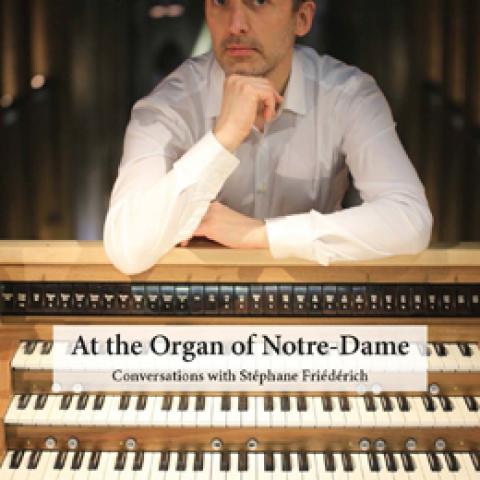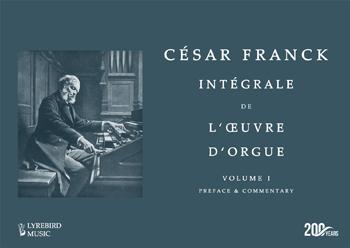
Lyrebird Music announces a new critical edition of the organ works of César Franck for the 200th anniversary of the birth of the composer, César Franck: Intégrale de l’Oeuvre d’Orgue (LBMP-029, €139.99), in four hardbound volumes, edited by Richard Brasier.
The set of books is the first edition since 1880 to make use of the autograph manuscript for Prélude, Fugue, et Variation, op. 18, as well as an analysis of the work’s autograph manuscript; the first publication to treat both versions of Andantino, CFF 54a and CFF 54b, as independent works; the first publication of the original ending of Final, op. 21; includes revisions of the second and third Chorals based on autograph manuscripts; and includes a full color facsimile of Pièce Héroïque (Trocadéro manuscript).
For information: lyrebirdmusic.com.
Other recent publications:

